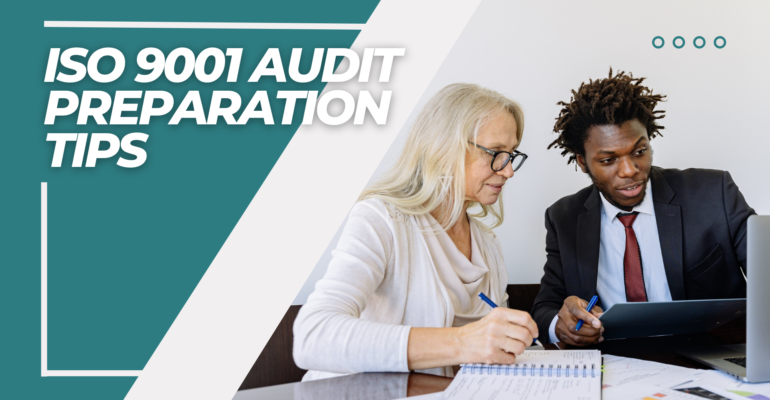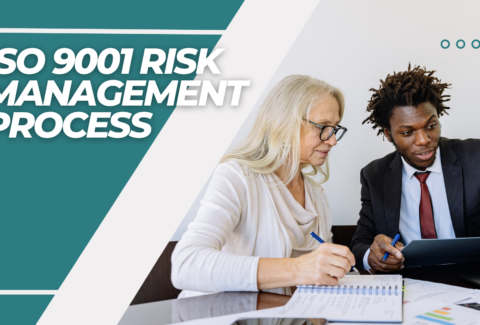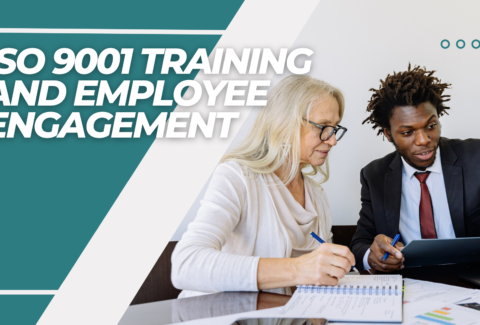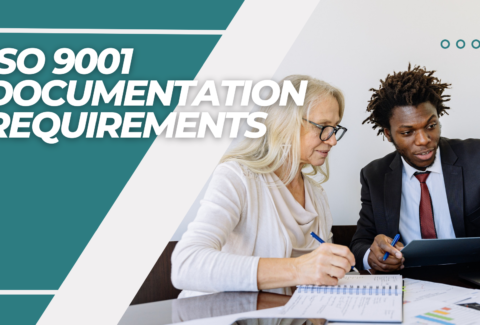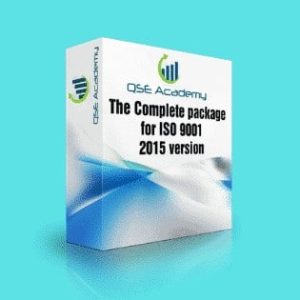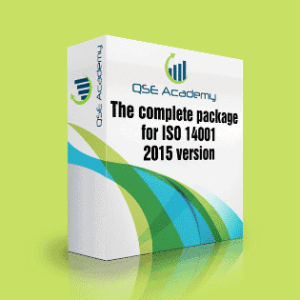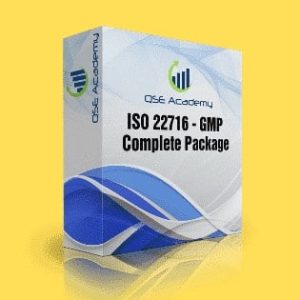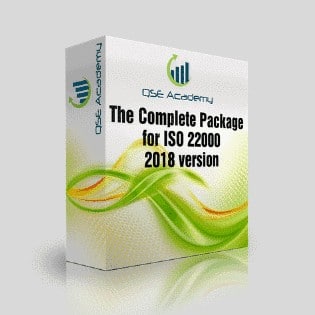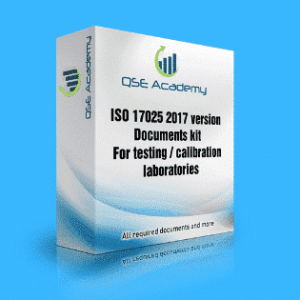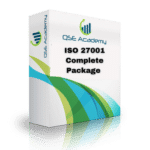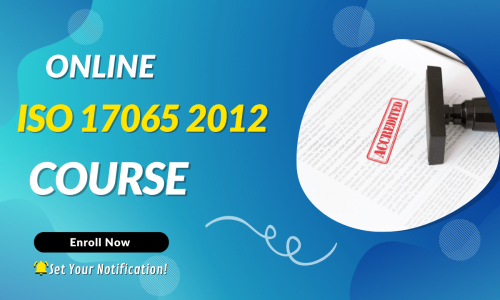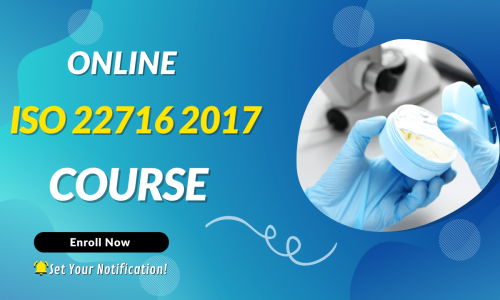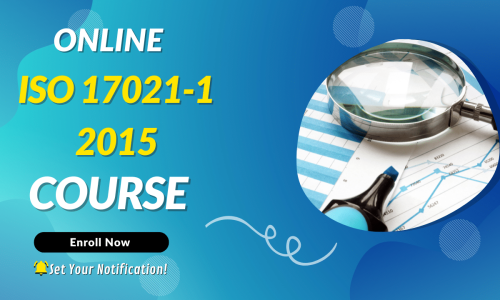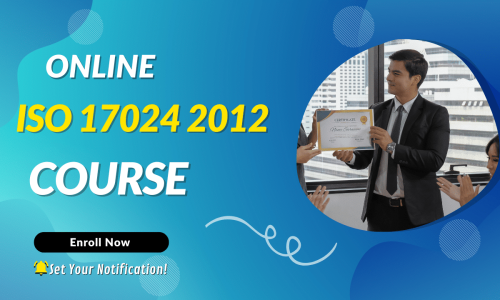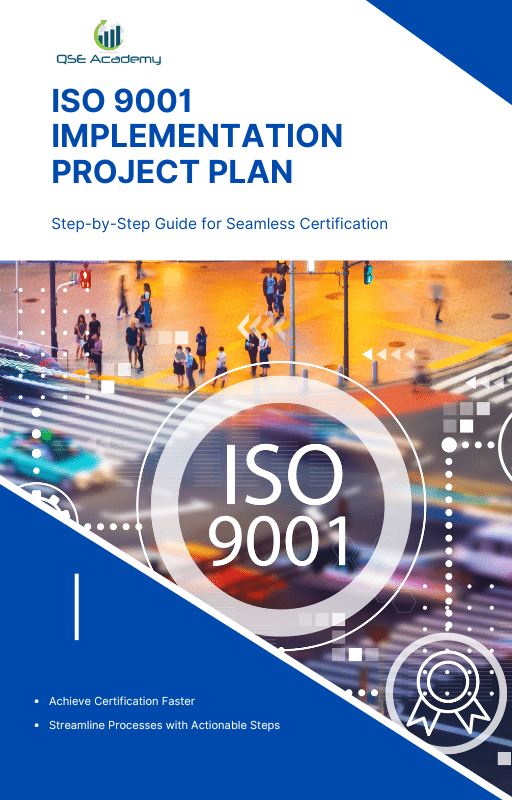Your ISO 9001 Audit: Top Preparation Tips for Success
Sailing Through Your ISO 9001 Audit
Let’s be honest—hearing the words ISO 9001 audit can make even the most organized business owners and managers a little nervous. It’s like preparing your ship for an important voyage; you want to make sure everything is in top shape before setting sail. But here’s the good news: with the right preparation, your audit doesn’t have to feel like stormy seas. In fact, it can be a smooth and even rewarding process that helps your company grow stronger.
An ISO 9001 audit is all about ensuring that your quality management system (QMS) meets international standards. It’s not just about passing a test—it’s about proving that your business runs efficiently, consistently delivers quality, and is committed to continuous improvement. Whether this is your first audit or you’ve been through it before, having a solid game plan makes all the difference.
In this guide, we’ll walk through the top preparation tips to help you navigate your ISO 9001 audit with confidence. From understanding what auditors look for to getting your team ready, you’ll learn exactly what to expect and how to set yourself up for success. So, let’s dive in and make sure your audit journey is as smooth as possible!
Understanding the ISO 9001 Audit – What’s It All About?
Before we dive into the preparation tips, let’s take a moment to really understand what an ISO 9001 audit is all about. Think of it like a health check-up for your business—except instead of measuring blood pressure and heart rate, auditors are checking how well your company follows the ISO 9001 standard.
So, why does this audit even happen? Well, if your company is aiming for ISO 9001 certification (or maintaining it), an audit is necessary to prove that your quality management system (QMS) meets all the required standards. But it’s not just about getting a certificate to hang on the wall—it’s about making sure your business runs efficiently, produces consistent quality, and keeps improving over time.
Now, not all audits are the same. Here’s a quick breakdown of the main types:
- Internal Audit – This is like a practice run, usually done by your own team or an external consultant before the official audit. It helps catch any issues early.
- Certification Audit – The big one! An external auditor from a certification body comes in to assess whether your company meets ISO 9001 requirements and deserves certification.
- Surveillance Audit – If you’re already certified, these periodic check-ins ensure you’re still maintaining ISO 9001 standards. Think of it like a quality check to keep your certification valid.
No matter which type of ISO 9001 audit you’re facing, the goal is the same: to demonstrate that your company is committed to quality and continuous improvement. And the best way to sail through it? Be prepared! In the next section, we’ll go over exactly how to do that so you can approach your audit with confidence.
Preparing for Your ISO 9001 Audit Like a Pro
Now that you know what an ISO 9001 audit is and why it matters, let’s talk about how to prepare for it. Imagine you’re getting ready for an important event—maybe a big presentation, a job interview, or even a long road trip. You wouldn’t just show up without planning, right? The same goes for your audit. A little preparation can make all the difference between a smooth, stress-free experience and a last-minute scramble.
Here are the key steps to make sure you’re fully prepared for your ISO 9001 audit and ready to impress the auditors.
Know the ISO 9001 Standard Inside and Out
One of the best ways to feel confident during an ISO 9001 audit is to truly understand the ISO 9001 standard. This isn’t about memorizing every single clause, but rather knowing how the requirements apply to your company.
Start by reviewing the key areas of ISO 9001, such as:
- Leadership and Commitment – Are top management actively supporting the QMS?
- Risk-Based Thinking – How do you identify and manage risks?
- Documented Information – Are your policies, procedures, and records in order?
- Continuous Improvement – What steps do you take to enhance quality over time?
If this sounds overwhelming, don’t worry! Break it down into smaller sections and focus on how each part applies to your day-to-day operations. If you have a team, get everyone involved in reviewing the standard so they feel comfortable discussing their roles during the audit.
Conduct a Gap Analysis – Find and Fix Weak Spots
Think of a gap analysis like a test drive before a big road trip. You wouldn’t want to find out your car has a flat tire halfway through, right? A gap analysis helps you identify areas where your company might not fully meet ISO 9001 requirements before the actual audit happens.
Here’s how to do it:
- Compare your current processes to the ISO 9001 standard – Are there any missing pieces?
- Look for weak spots – Are there areas where procedures aren’t followed consistently?
- Fix issues before the audit – The earlier you address nonconformities, the smoother your audit will be.
A good way to approach this is to think like an auditor. Walk through your processes and ask yourself, “If I were the auditor, what would I question?” This mindset helps you spot potential problems before they become actual audit findings.
Document Everything – Your Records Are Your Best Friend
When it comes to an ISO 9001 audit, documentation is your secret weapon. Auditors love well-organized records because they provide proof that your quality management system is working as intended.
Some of the most commonly reviewed documents include:
- Quality policy and objectives – Your company’s commitment to quality.
- Process documentation – Step-by-step guides for critical operations.
- Corrective action records – How you handle issues and improve processes.
- Training records – Proof that employees are properly trained.
A good rule of thumb: If it’s not documented, it didn’t happen (at least in the auditor’s eyes). So, make sure all your records are up to date, easy to find, and clearly demonstrate compliance with ISO 9001 requirements.
Train Your Team – Everyone Plays a Role
An ISO 9001 audit isn’t just about management—it’s about the entire organization. Auditors often interview employees at different levels, so it’s important that your team understands their role in the quality management system.
Here’s how to prepare your team:
- Hold a pre-audit meeting – Explain what the audit is, why it’s happening, and what to expect.
- Train employees on answering auditor questions – They should respond confidently but honestly. If they don’t know the answer, they can explain where to find the information instead of guessing.
- Encourage a culture of quality – When quality is part of daily operations, audits become much easier.
A well-prepared team not only helps your audit go smoothly but also shows auditors that quality is truly embedded in your company’s culture.
By following these preparation steps, you’ll be well on your way to a successful ISO 9001 audit. But what about the big day itself? In the next section, we’ll walk through how to handle the audit process like a pro—from interacting with auditors to managing any nonconformities that come up. Stay tuned!
The big day has finally arrived—your ISO 9001 audit is here! But don’t worry, this isn’t an interrogation. Think of it as an opportunity to showcase your company’s commitment to quality. If you’ve followed the preparation steps, you’re already in great shape. Now, it’s all about staying calm, organized, and handling the audit process with confidence.
Let’s go over some essential tips to make your ISO 9001 audit day smooth and stress-free.
Stay Organized – First Impressions Matter
When the auditor walks in, they’re not just looking at your documents; they’re also observing how well your organization functions. A well-prepared audit space sends a strong message: you take quality seriously.
Here’s how to stay audit-ready:
- Set up an audit room – A quiet, dedicated space where auditors can review documents and ask questions.
- Have all required documents ready – Don’t scramble to find records at the last minute. Keep everything neatly organized and easily accessible.
- Assign an audit team – Choose key employees to support the audit process. They should be familiar with ISO 9001 requirements and able to provide clear answers.
A little organization goes a long way in making a great first impression. Plus, it keeps the audit running smoothly and efficiently.
Communicate Clearly and Honestly
During the ISO 9001 audit, the auditor will likely ask questions about your processes, policies, and how your team handles quality management. The best approach? Keep it simple, honest, and to the point.
Here are some tips for answering auditor questions:
- Listen carefully – Make sure you understand the question before answering.
- Be honest – If you don’t know the answer, don’t guess. Instead, direct the auditor to the right person or document.
- Stick to the facts – Auditors don’t need long explanations. A clear, concise answer is best.
Remember, the auditor isn’t there to trick you or catch you off guard. They simply want to see how well your company follows the ISO 9001 standard.
Handle Nonconformities with Confidence
Even with the best preparation, it’s possible that the auditor will find an issue—this is called a nonconformity. But don’t panic! Nonconformities don’t automatically mean failure. Instead, they highlight areas for improvement.
There are two types of nonconformities:
- Minor Nonconformities – Small issues that don’t significantly impact your quality management system. These are common and usually require simple corrective actions.
- Major Nonconformities – More serious issues that could affect product or service quality. These need to be addressed quickly to maintain certification.
If a nonconformity is found:
- Acknowledge it professionally – There’s no need to argue or make excuses.
- Ask for clarification if needed – Understanding the issue helps you correct it properly.
- Take notes and plan corrective actions – Show that you’re committed to fixing the issue.
Auditors appreciate a proactive approach. Instead of fearing nonconformities, see them as opportunities to strengthen your quality management system.
Next Steps: What Happens After the ISO 9001 Audit?
Once the audit is over, what’s next? In the next section, we’ll discuss how to review the audit report, take corrective actions, and use the findings to continuously improve your processes. After all, an ISO 9001 audit isn’t just about passing—it’s about building a culture of quality that benefits your entire organization. Stay tuned!
After the Audit – What Comes Next?
Congratulations! You’ve made it through your ISO 9001 audit—but the journey doesn’t stop here. Whether you sailed through without a hitch or received a few nonconformities, what you do next is just as important as the audit itself.
Think of the audit as a GPS for your quality management system. It shows you where you’re on track and where you might need to adjust your course. Now, it’s time to take what you’ve learned and use it to make your company even stronger. Let’s go over the next steps to ensure you make the most of your ISO 9001 audit results.
Review the Audit Report and Take Action
Shortly after your ISO 9001 audit, you’ll receive an audit report detailing the auditor’s findings. This report is your roadmap for improvement. Here’s how to approach it:
- Read through the findings carefully – Take time to understand each observation, especially any nonconformities.
- Prioritize corrective actions – If there were any nonconformities, plan how to address them.
- Celebrate your successes – Recognize the areas where your company did well! Maintaining compliance is an ongoing effort, and positive feedback matters.
If you received minor or major nonconformities, don’t stress. Instead, use them as learning opportunities. Addressing them quickly and effectively shows auditors that your company is serious about continuous improvement.
Implement Corrective Actions and Improvements
If your ISO 9001 audit revealed any gaps or issues, the next step is to fix them. But don’t just put a temporary bandage on the problem—focus on real improvements that strengthen your quality management system in the long run.
Here’s how to handle corrective actions effectively:
- Investigate the root cause – Why did the nonconformity happen in the first place?
- Develop a solid action plan – Outline what needs to be done, who’s responsible, and when it will be completed.
- Document the changes – Keep records of corrective actions to show auditors during future audits.
Taking corrective actions seriously not only helps maintain your ISO 9001 certification, but it also makes your business more efficient and reliable.
Continuous Improvement – Making ISO 9001 a Living System
An ISO 9001 audit isn’t just a one-time event—it’s part of an ongoing process of improvement. The best companies don’t just aim to pass the audit; they use the findings to refine and enhance their operations continuously.
Here are some ways to make ISO 9001 a natural part of your daily business:
- Schedule regular internal audits – Catch issues early before the next external audit.
- Encourage employee feedback – Your team works with these processes every day—listen to their suggestions!
- Update procedures as needed – Business needs change, and your QMS should evolve with them.
The more you integrate ISO 9001 principles into your everyday work, the easier future audits will become. Instead of seeing audits as stressful hurdles, they’ll start to feel like routine check-ins that help your company stay at its best.
Final Thoughts: Sail Smoothly to ISO 9001 Audit Success
Successfully completing an ISO 9001 audit isn’t just about getting a certificate—it’s about building a strong, efficient, and quality-driven organization. With the right preparation, a positive mindset, and a commitment to continuous improvement, your company can make audits a smooth and stress-free process.
So, whether this was your first ISO 9001 audit or one of many, remember: each audit is an opportunity to grow, refine your processes, and strengthen your company’s reputation for quality. Keep learning, keep improving, and your next audit will be even easier!
Got an audit experience or a tip to share? Let’s talk in the comments!
Sailing Smoothly to ISO 9001 Audit Success
And just like that, you’ve navigated the entire journey of an ISO 9001 audit—from preparation to audit day to post-audit improvements. Hopefully, by now, the idea of an audit doesn’t seem so intimidating. Instead of picturing a stressful, high-stakes examination, you can see it for what it truly is: an opportunity to fine-tune your quality management system and make your business even stronger.
If there’s one key takeaway, it’s this—ISO 9001 audits aren’t something to fear. When you break it down step by step, the process becomes much more manageable. A well-prepared business with a solid quality management system won’t just “pass” an audit but will actually benefit from it.
Key Takeaways for a Successful ISO 9001 Audit
To wrap things up, here’s a quick recap of what we covered:
✔ Understand the audit process – Knowing what an ISO 9001 audit is and why it matters helps remove the mystery and stress.
✔ Prepare thoroughly – A gap analysis, updated documentation, and well-trained employees make all the difference.
✔ Stay organized on audit day – A structured approach, clear communication, and confidence will impress auditors.
✔ Embrace nonconformities as learning opportunities – Even if issues arise, handling them professionally will strengthen your quality system.
✔ Commit to continuous improvement – The audit isn’t just about certification; it’s about making your business better every day.
Final Thought: See Your ISO 9001 Audit as a Tool, Not a Test
At the end of the day, an ISO 9001 audit isn’t about catching mistakes—it’s about ensuring that your business is running at its best. Instead of dreading the process, embrace it as a way to refine and optimize your operations.
With each audit, you’re not just proving compliance; you’re reinforcing a culture of quality that sets your business apart. And the better your systems, the easier future audits will be.
So, the next time an ISO 9001 audit is on the horizon, don’t panic—just get prepared, stay confident, and sail through it with ease. You’ve got this!
💬 Have an ISO 9001 audit story to share? Or need some extra guidance? Drop a comment below—we’d love to hear from you!
Looking for More Resources on ISO 9001?
Looking for ISO 9001 Resources Tailored to Your Industry?
If this article helped clarify ISO 9001, take the next step with our industry-focused tools designed to simplify your certification journey:
📦 ISO 9001 Documentation Kits by Industry: Whether you’re in manufacturing, construction, consulting, or healthcare — we have complete, ready-to-use documentation tailored for your sector.
🎓 Online ISO 9001 Training: Learn how to implement ISO 9001 effectively with our easy-to-follow video lessons, real-world examples, and practical exercises.
📋 ISO 9001 Checklist: Download our step-by-step checklist to ensure your QMS meets all the 9001:2015 requirements from start to finish.
These resources are crafted to save you time, reduce stress, and help you achieve certification with confidence. Choose your industry and start now!

make ISO standards less intimidating and more approachable for everyone.
Whether it’s ISO 9001, ISO 22000, or the cosmetics-focused ISO 22716,
I’ve spent my career turning complex jargon into clear, actionable steps
that businesses can actually use. I’m not here to call myself an expert—I prefer “enthusiast” because I truly love what I do.
There’s something incredibly rewarding about helping people navigate food safety and quality management systems
in a way that feels simple, practical, and even enjoyable.
When I’m not writing about standards, you’ll probably find me playing Piano 🎹, connecting with people, or diving into my next big project💫.
- I’m an engineer specialized in the food and agricultural industry
- I have a Master’s in QHSE management and over 12 years of experience as a Quality Manager
- I’ve helped more than 15 companies implement ISO 9001, ISO 22000, ISO 22716, GMP, and other standards
- My clients include food producers, cosmetics manufacturers, laboratories, and service companies
- I believe quality systems should be simple, useful, and efficient
- Outside of work, I play piano and love learning something new every day
Let’s make ISO less about stress and more about success! 🙏

